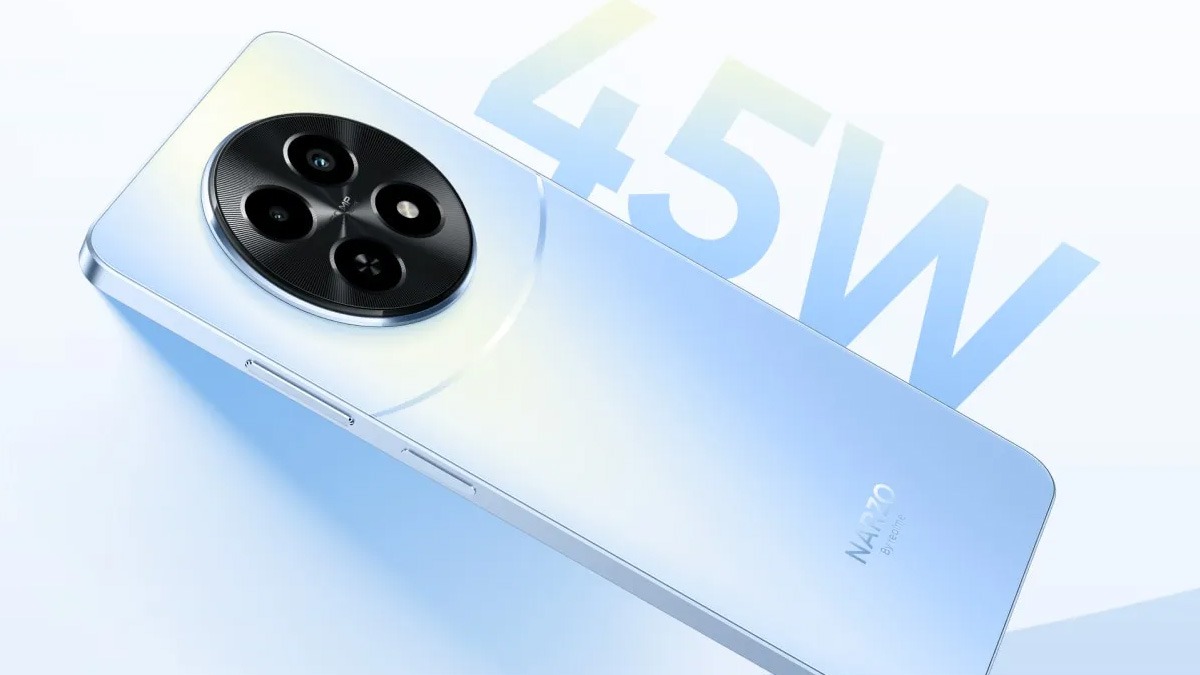Just In
- 2 hrs ago

- 4 hrs ago

- 4 hrs ago

- 5 hrs ago

Don't Miss
- Sports
 Odisha FC vs Kerala Blasters Live Score, ISL 2023-24: OFC vs KBFC starts at 7:30 PM IST
Odisha FC vs Kerala Blasters Live Score, ISL 2023-24: OFC vs KBFC starts at 7:30 PM IST - Movies
 Kareena Kapoor Inspired Blouse Back Designs, Explore Top 5 Hottest Picks For This Wedding Season
Kareena Kapoor Inspired Blouse Back Designs, Explore Top 5 Hottest Picks For This Wedding Season - News
 Iran Embassy In Paris Cordoned Off Following Reports Of Suspect With Explosives
Iran Embassy In Paris Cordoned Off Following Reports Of Suspect With Explosives - Finance
 Gold Prices In US: Yellow Metal Rates Surge Amid Escalating Tensions In Middle East; Hit Record High
Gold Prices In US: Yellow Metal Rates Surge Amid Escalating Tensions In Middle East; Hit Record High - Automobiles
 Suzuki Swift Hatchback Scores 4 Star Safety Rating At JNCAP – ADAS, New Engine & More
Suzuki Swift Hatchback Scores 4 Star Safety Rating At JNCAP – ADAS, New Engine & More - Education
 NLSIU Announces the Rajiv K. Luthra Foundation Grant
NLSIU Announces the Rajiv K. Luthra Foundation Grant - Lifestyle
 Summer Fashion: Your Bollywood Style White Outfits Guide To Keep It Cool And Chic
Summer Fashion: Your Bollywood Style White Outfits Guide To Keep It Cool And Chic - Travel
 Journey From Delhi To Ooty: Top Transport Options And Attractions
Journey From Delhi To Ooty: Top Transport Options And Attractions
A machine with a nose better than dogs
Scientists have developed a way to sniff out tiny amounts of toxic gases - a whiff of nerve gas, for example, or a hint of a chemical spill - from up to one km away.
The new technology that uses a form of invisible light called terahertz radiation(T-rays), is more sensitive than current sensors and even works below normal atmospheric pressure.
PlayStation Turns 20: The Greatest PlayStation Moments in the History of the Console
"You could imagine setting this up around the perimeter of an area where soldiers are living, as a kind of trip wire for nerve gas," said Henry Everitt, lead author from Duke University.

T-rays are already used to detect tumours and screen airport passengers, they zap gas molecules to create a unique spectrum "fingerprint", like a bar code.
The team blasted a cloud of gas with two beams, a terahertz beam, tuned to the energy of the gas molecule they were looking for and an infrared laser.
"It's kind of like whacking a molecule with an infrared sledgehammer," Everitt said.
HP Elitebook Folio 1020: HP Announces Fanless Laptop Thinner than MacBook
"We just have to tune each beam to the wavelengths that match the type of molecule we're looking for, and if we see a change, we know it has to be that gas and nothing else," he added.
Initially the team will focus on toxic industrial chemicals such as ammonia, carbon disulfide, nitric acid and sulphuric acid.
Eventually, the technique could be used by law enforcement detecting toxic gases generated by meth labs, and other situations where detection at the gas's source isn't feasible.
The results of the study were published in the journal Physical Review Applied.
Source: IANS
-
99,999
-
1,29,999
-
69,999
-
41,999
-
64,999
-
99,999
-
29,999
-
63,999
-
39,999
-
1,56,900
-
79,900
-
1,39,900
-
1,29,900
-
65,900
-
1,56,900
-
1,30,990
-
76,990
-
16,499
-
30,700
-
12,999
-
62,425
-
1,15,909
-
93,635
-
75,804
-
9,999
-
11,999
-
3,999
-
2,500
-
3,599
-
8,893












































